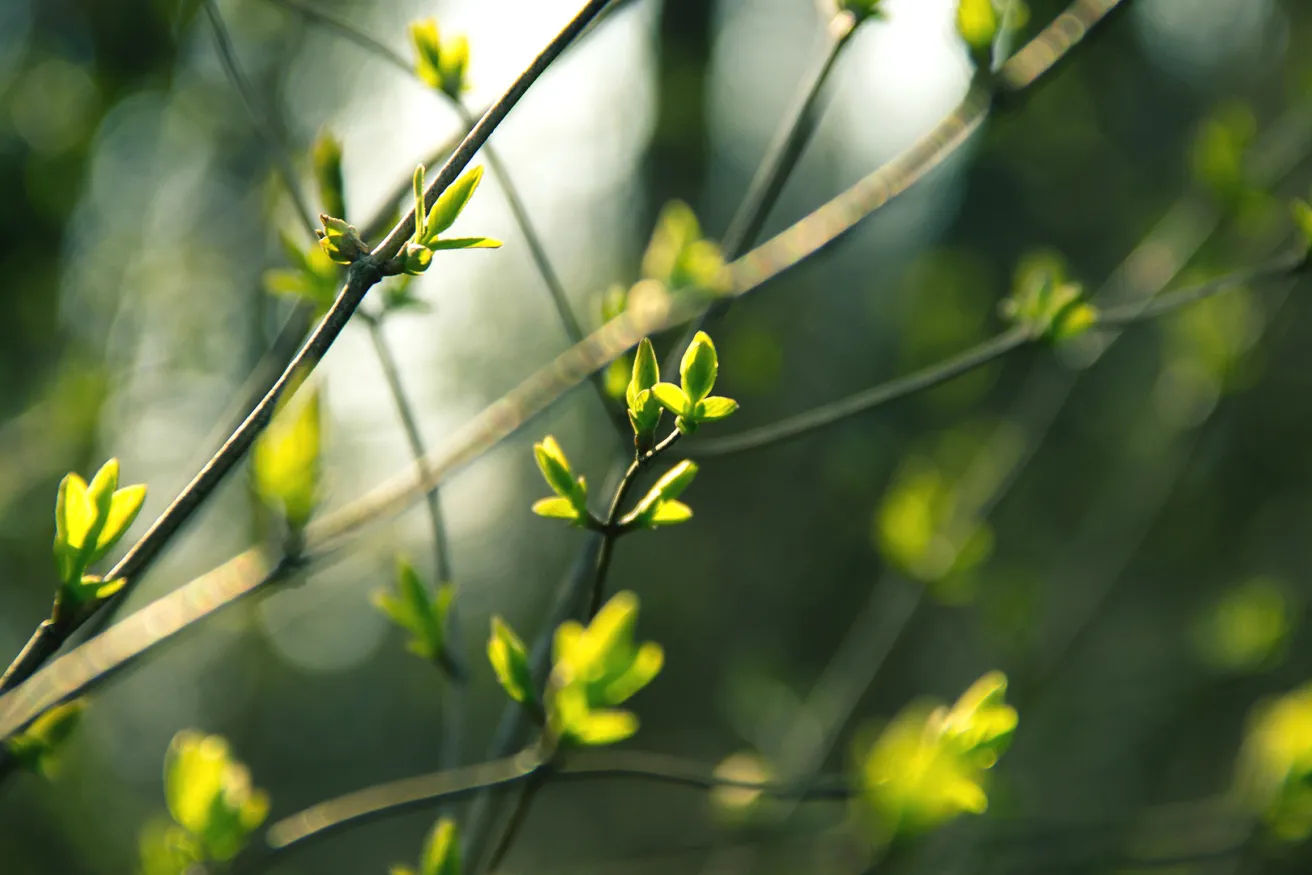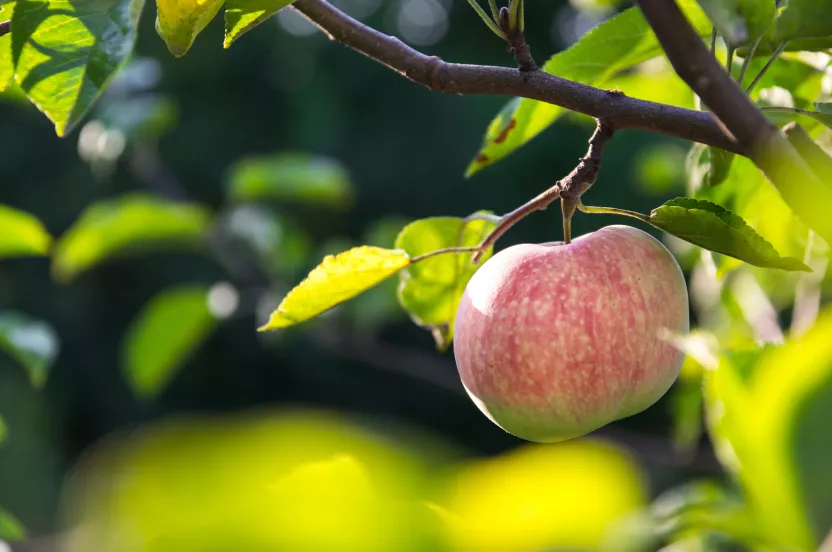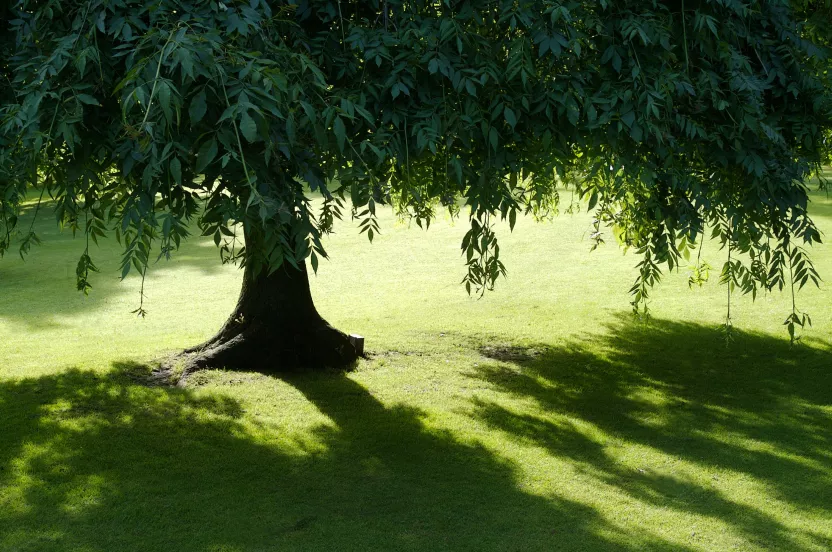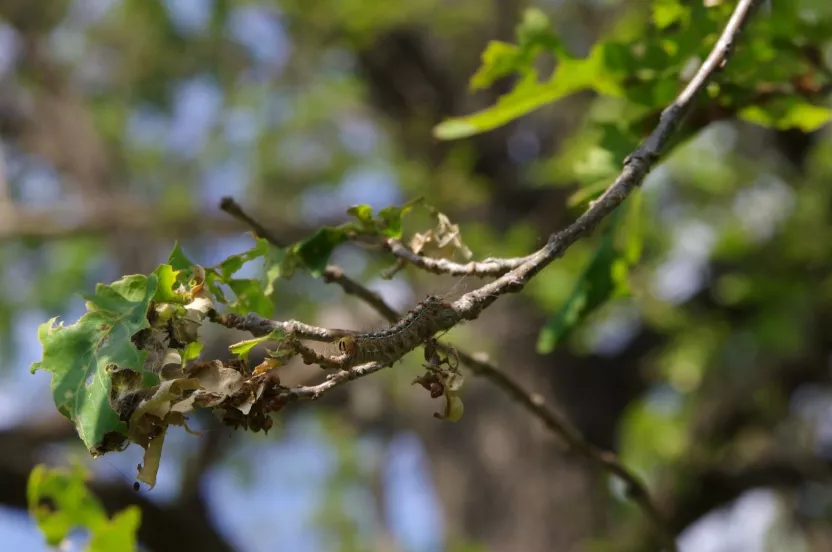The Arbor Day Foundation is pledging 10 million trees to areas impacted by hurricanes Helene, Milton Help us replant
Welcome to the heart of March. The time when our ‘spring forward’ time change prompts many of us to turn our attention to our yards. Now, as you may or may not know, winter dormancy is the best time to prune the majority of our trees. You can find an overview of proper pruning techniques and other information here.
But for the purpose of today’s post we are going to focus on the beautiful spring bloomers in your yard. Here are a few examples of spring flowering trees:
- Magnolia (Magnolia)
- Crabapple (Malus)
- Redbud (Cercis)
- Flowering cherry (Prunus)
- Lilac (Syringa)
The difference in optimal pruning time for this category of trees and the difference it can make on how your trees bloom in the spring highlights the importance of knowing what trees you have in your landscape (Not sure? Don’t worry, you can find out here).
So the difference? The difference is because the flower buds on your spring flowering trees develop on last year’s growth. Because of this, if you prune too early you will lose the full potential of your flowering display during the spring. Instead, be prepared to prune no later than two weeks after your trees flowers start to fade.
Important note – If your tree has dead or other potentially hazardous branches they should be pruned immediately regardless of the time of year.





